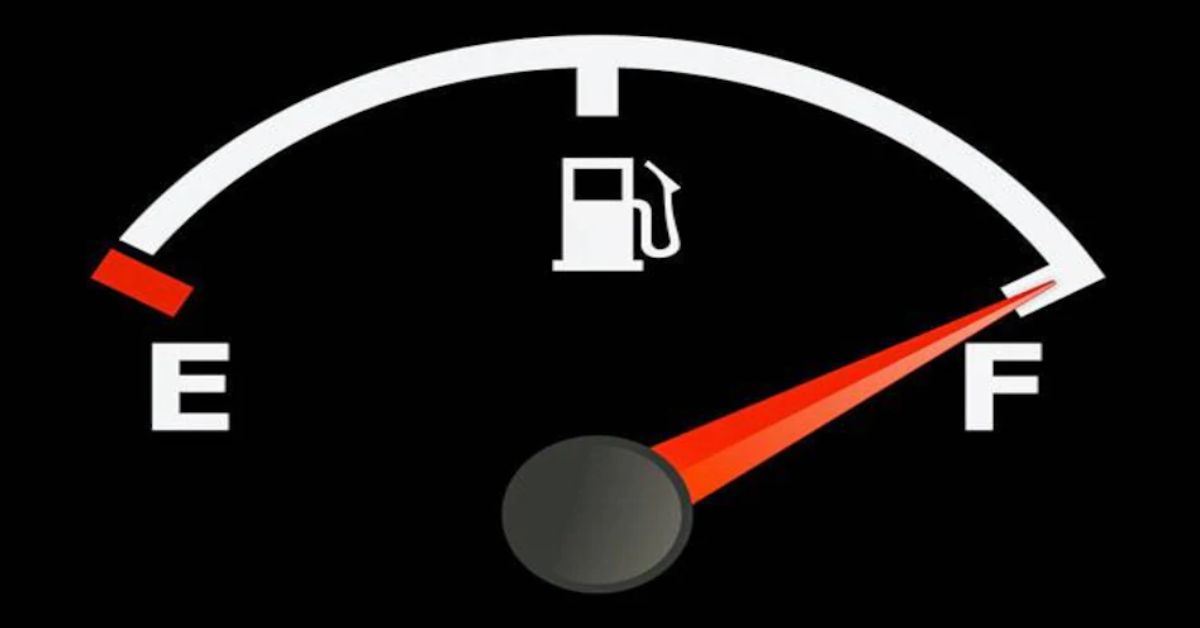Here are 5 steps to improve your car’s gas mileage:
Must Read:
- Inflate Tires Properly: Keeping your tires inflated to the recommended PSI improves fuel economy by reducing rolling resistance. Check pressures at least monthly.
- Drive at Moderate Speeds: Gas mileage decreases rapidly at speeds over 50 mph. Each 5 mph over 50 mph can cost an extra $0.30 per gallon.
- Minimize Idling: Idling gets 0 mpg. Shut off your engine if stopped for more than 30 seconds to save gas.
- Use Cruise Control: Maintaining a steady speed with cruise control maximizes mpg on highways. Avoid frequent braking and accelerations.
- Reduce Weight: Clear out unnecessary cargo and heavy items from your vehicle. Less weight allows your engine to work more efficiently, improving mileage.
Following these simple steps can help your car achieve better gas mileage. Proper maintenance and smart driving techniques optimize MPG, saving you money at the pump. Consult your owner’s manual for additional ways to maximize your vehicle’s fuel efficiency.
Read more:
- Breaking News: Car Wreck Turns into Drug Arrest in Daphne
- Tragedy on the Highway: Passenger Dies in Collision Involving 4WD Towing Caravan
